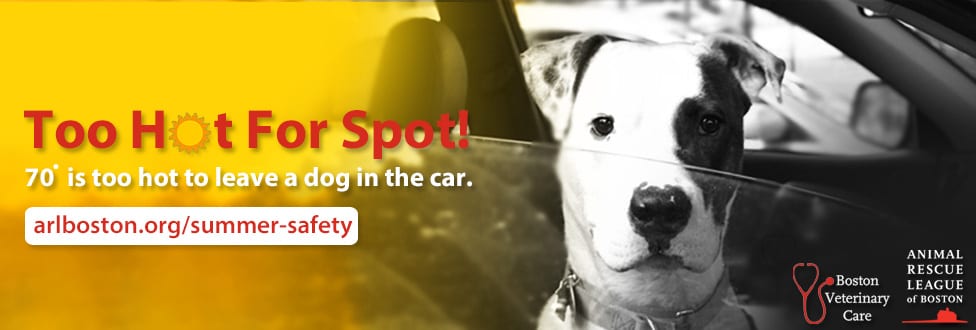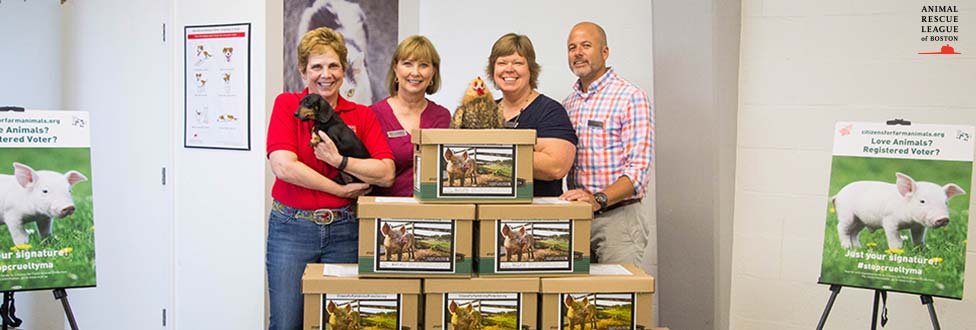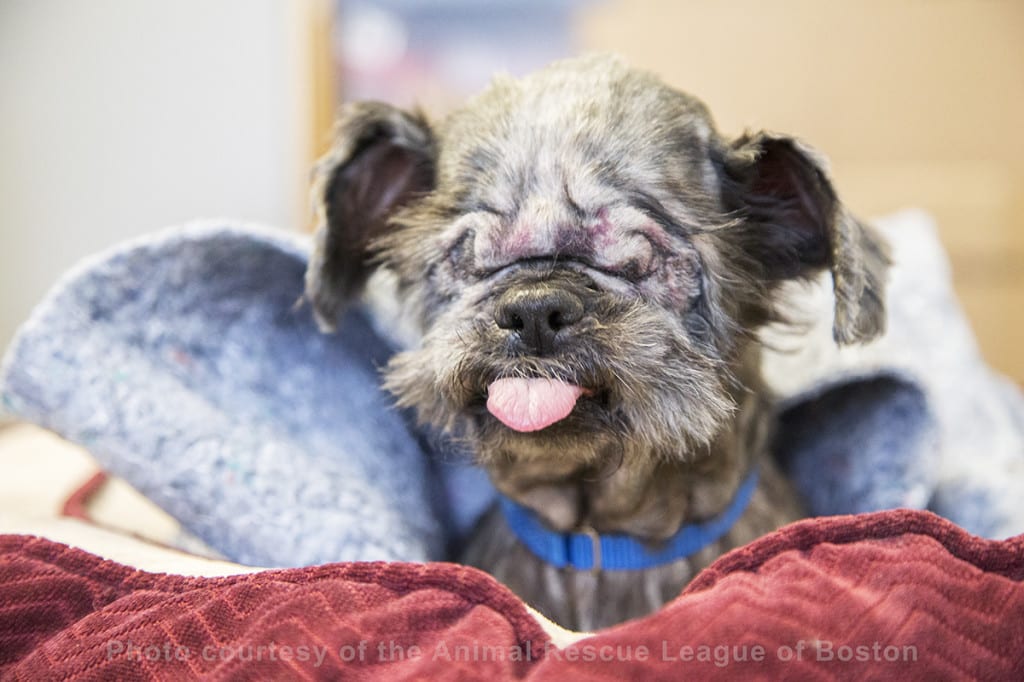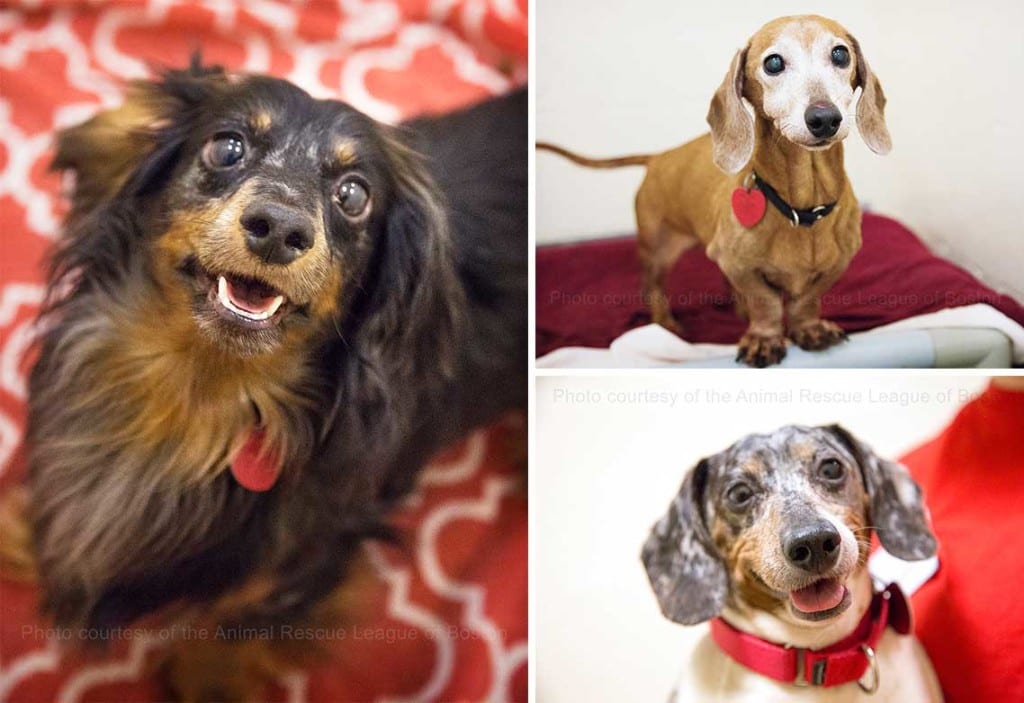Happening Now: ARL Rescues Animals from Cruel and Unsanitary Conditions on Westport Farmland
ARL assists Westport Police with the removal of hundreds of animals
DONATE NOW to help the many animals involved in this case receive the emergency medical attention they need.
The Animal Rescue League of Boston (ARL) has been working alongside the Westport Police Department and other local and state officials in an ongoing effort at 465 American Legion Highway in Westport, Massachusetts.
This 70-acre property has over 20 tenant farms that are in various degrees of condition.
ARL Boston’s Director of Law Enforcement, Lt. Alan Borgal, along with Lead Veterinarian, Dr. Kyle Quigley, will continue to lead our investigation and the efforts to provide for the well-being and care of all animals in this case.
As of this morning, the ARL took care and custody of the following animals:
- 7 dogs surrendered by their owners to the ARL and Westport Animal Control
- 2 adult cats, 2 kittens, 1 pigeon, and 1 Canadian Goose were taken into custody at ARL’s Boston shelter
These animals are now in our care and will receive the specialized veterinary care they desperately need. We will connect them with caring families once they are healed.
Due to their dire physical condition and suffering, 3 goats had to be euthanized on-site.
The ARL is back on site today for the inspection of several more of the tenant farms. It is expected there will be many more animals found today.
Your support is critical to help the many animals in this case…
The ARL team is on the ground in Westport, MA assisting in the rescue, removal, and emergency veterinary treatment of hundreds of animals from the deplorable conditions on the 70 acre farmland.
Thousands of dollars are needed to provide these animals in Westport who have suffered from abuse and neglect with the immediate assistance and care they so desperately need.
This is an URGENT situation and it is YOUR HELP that makes all of ARL’s important work possible!










 Creates a new law to address pets in vehicles – This will be familiar to all who are aware of ARL’s
Creates a new law to address pets in vehicles – This will be familiar to all who are aware of ARL’s  (S. 2370) – “An Act Relative to Protecting Puppies and Kittens”
(S. 2370) – “An Act Relative to Protecting Puppies and Kittens”  (S. 2375) – An Act protecting abandoned animals in vacant properties
(S. 2375) – An Act protecting abandoned animals in vacant properties 




